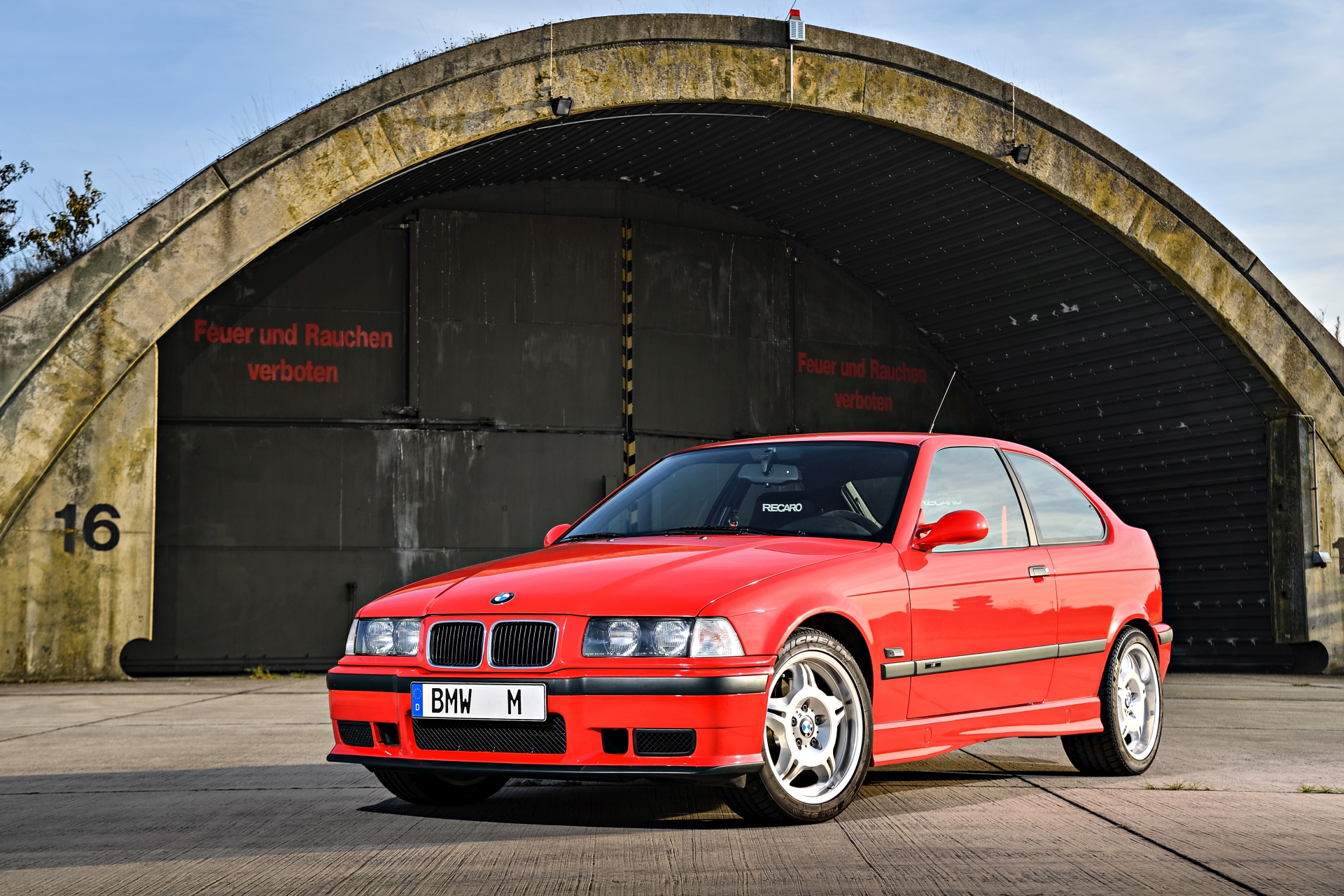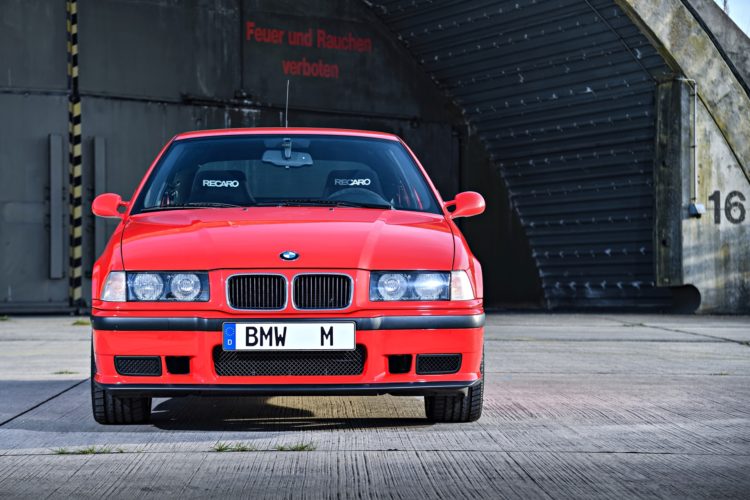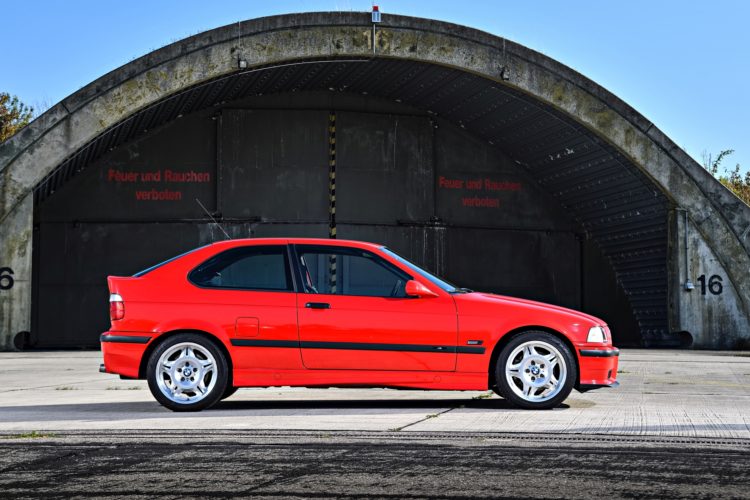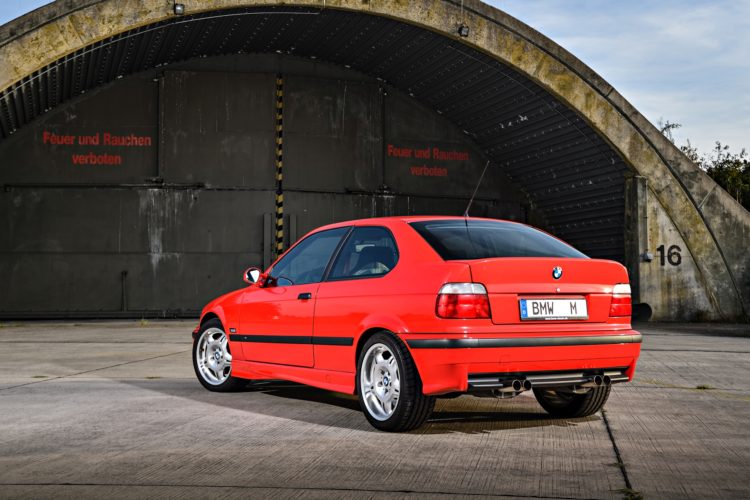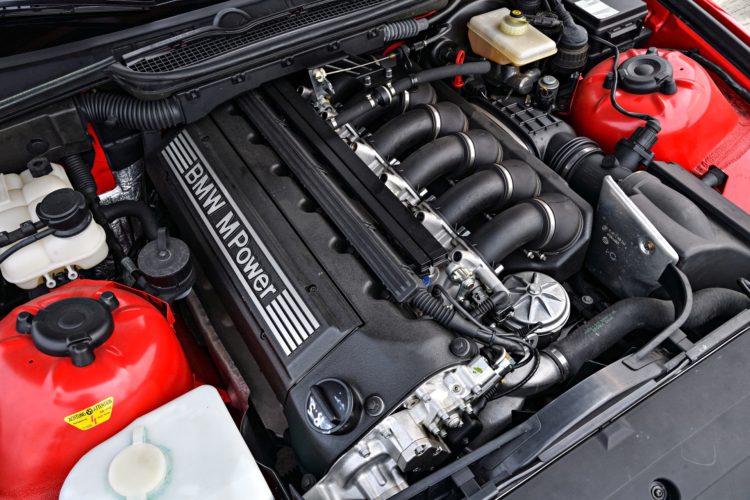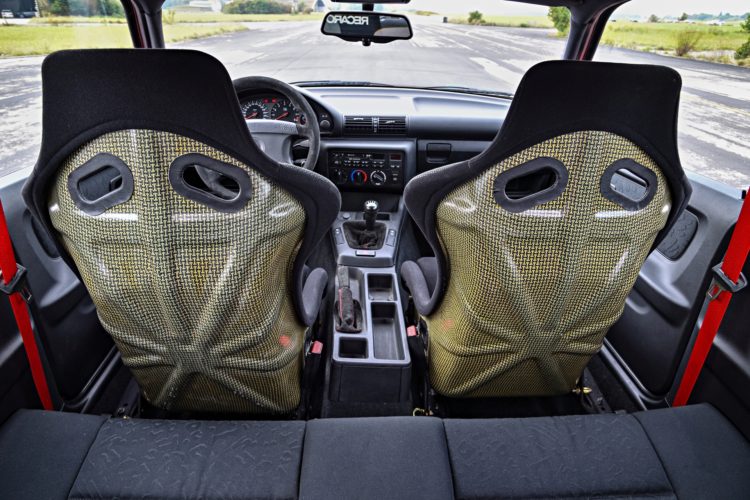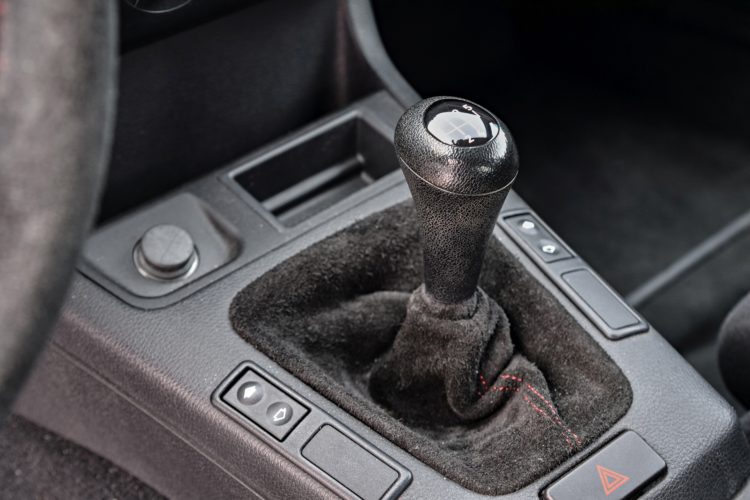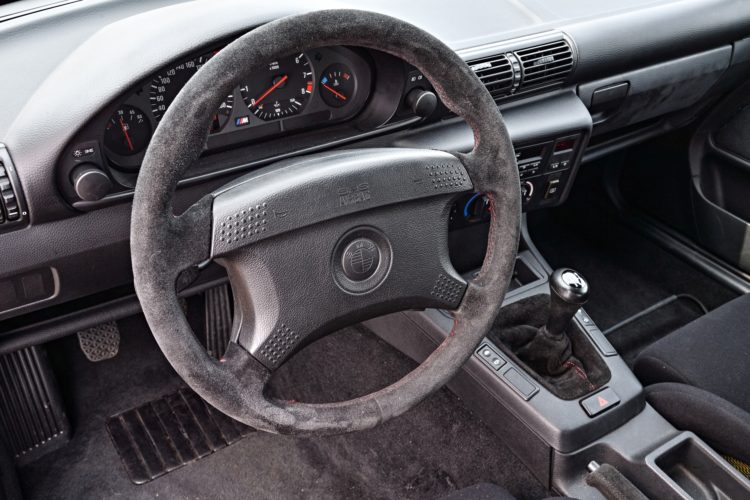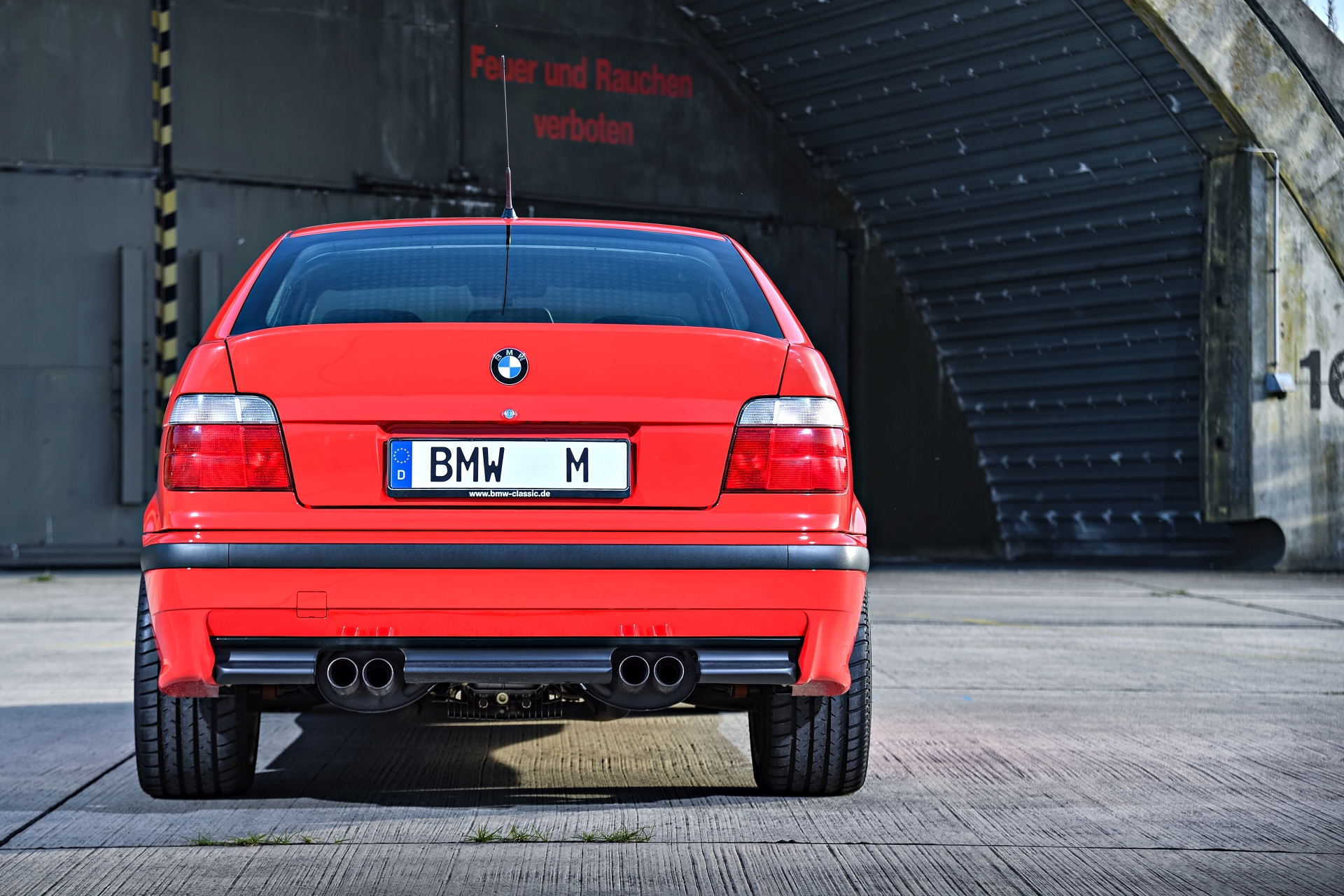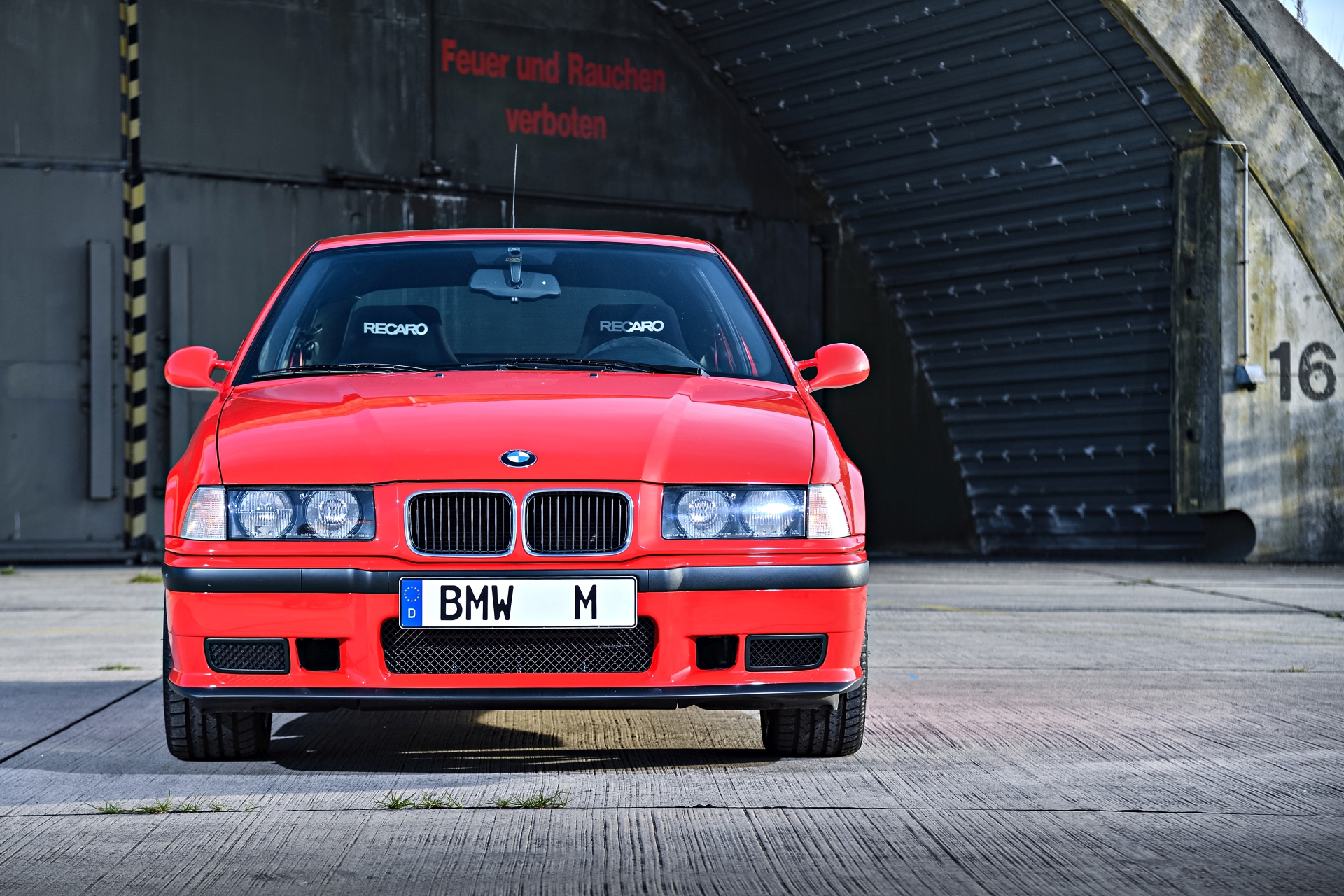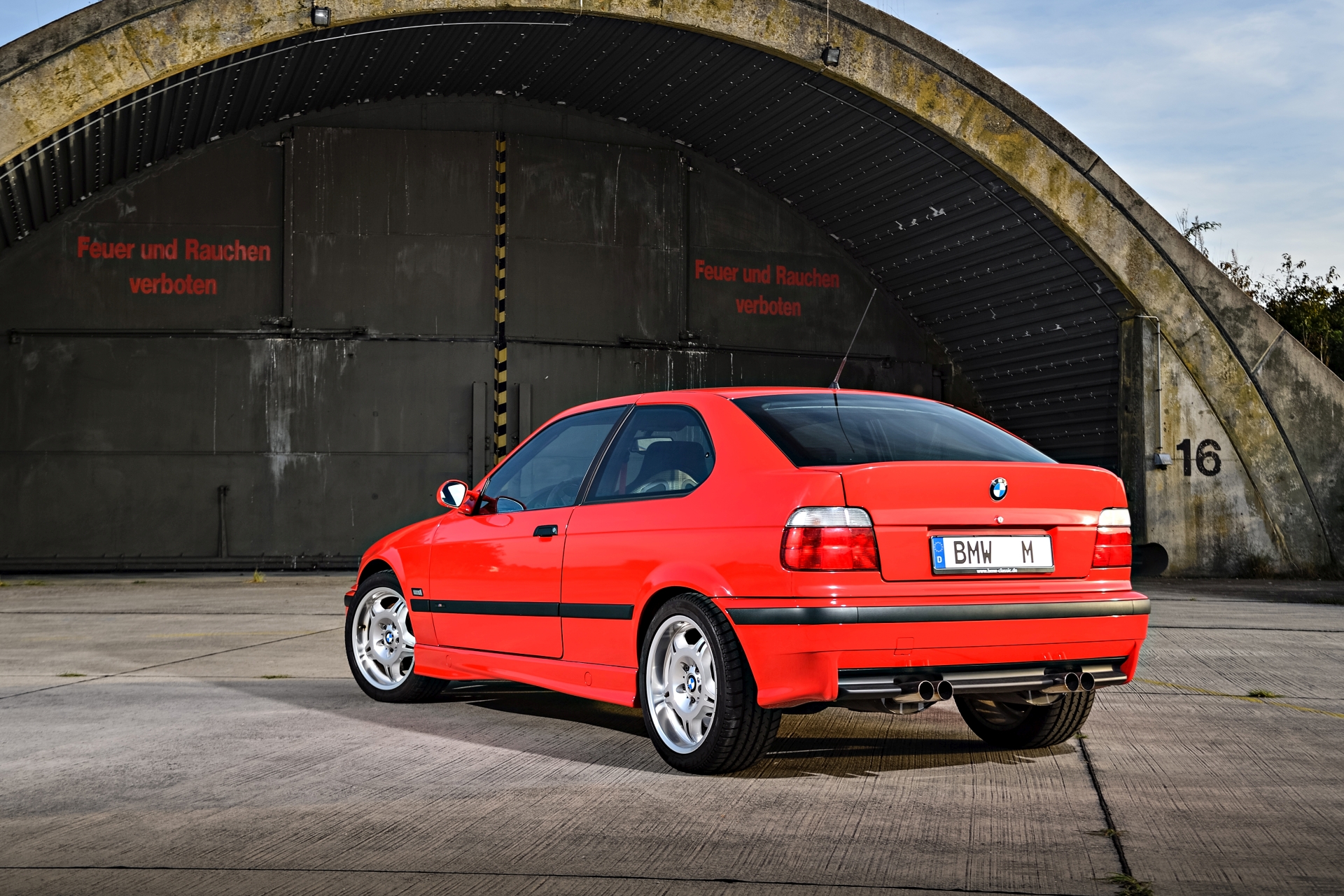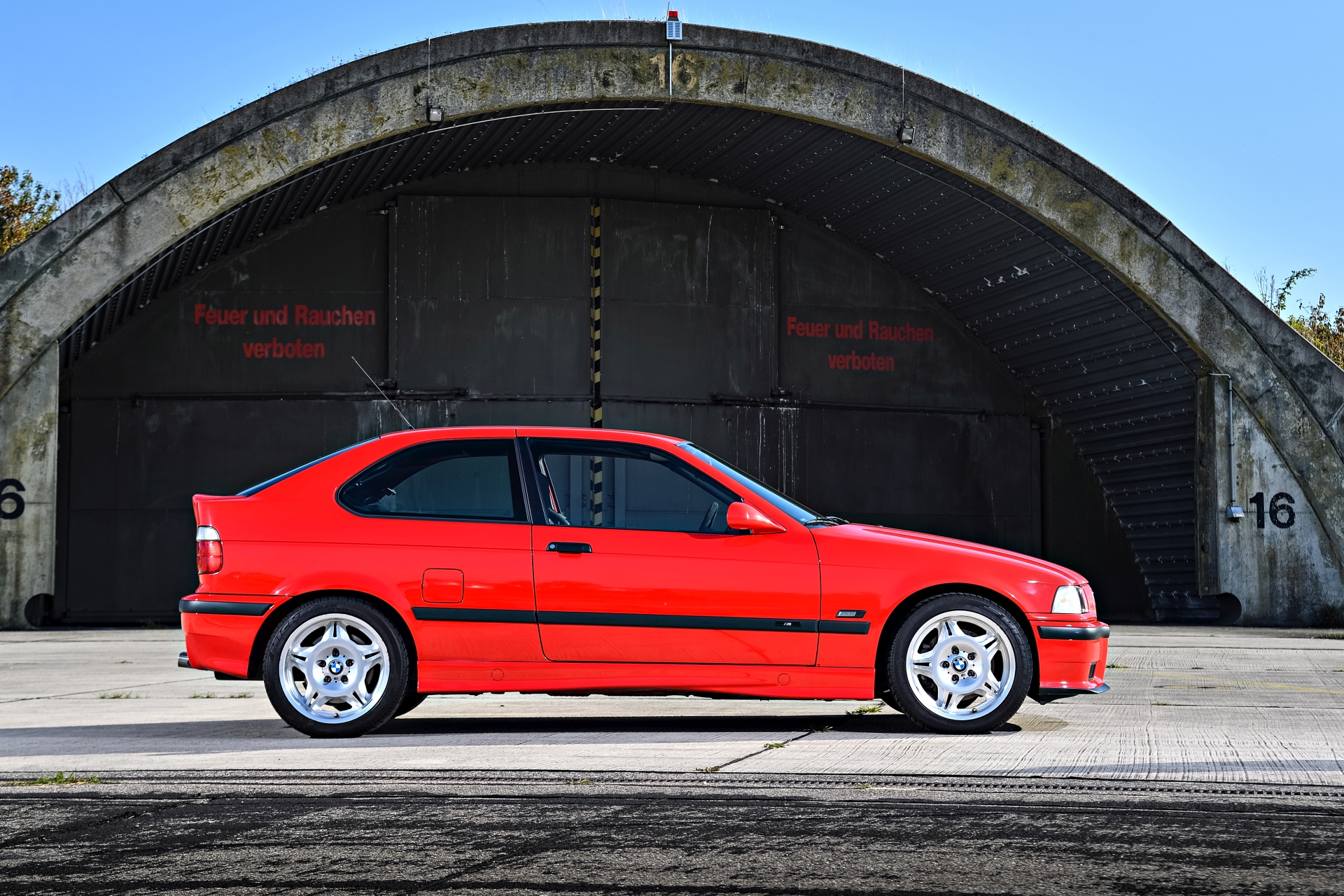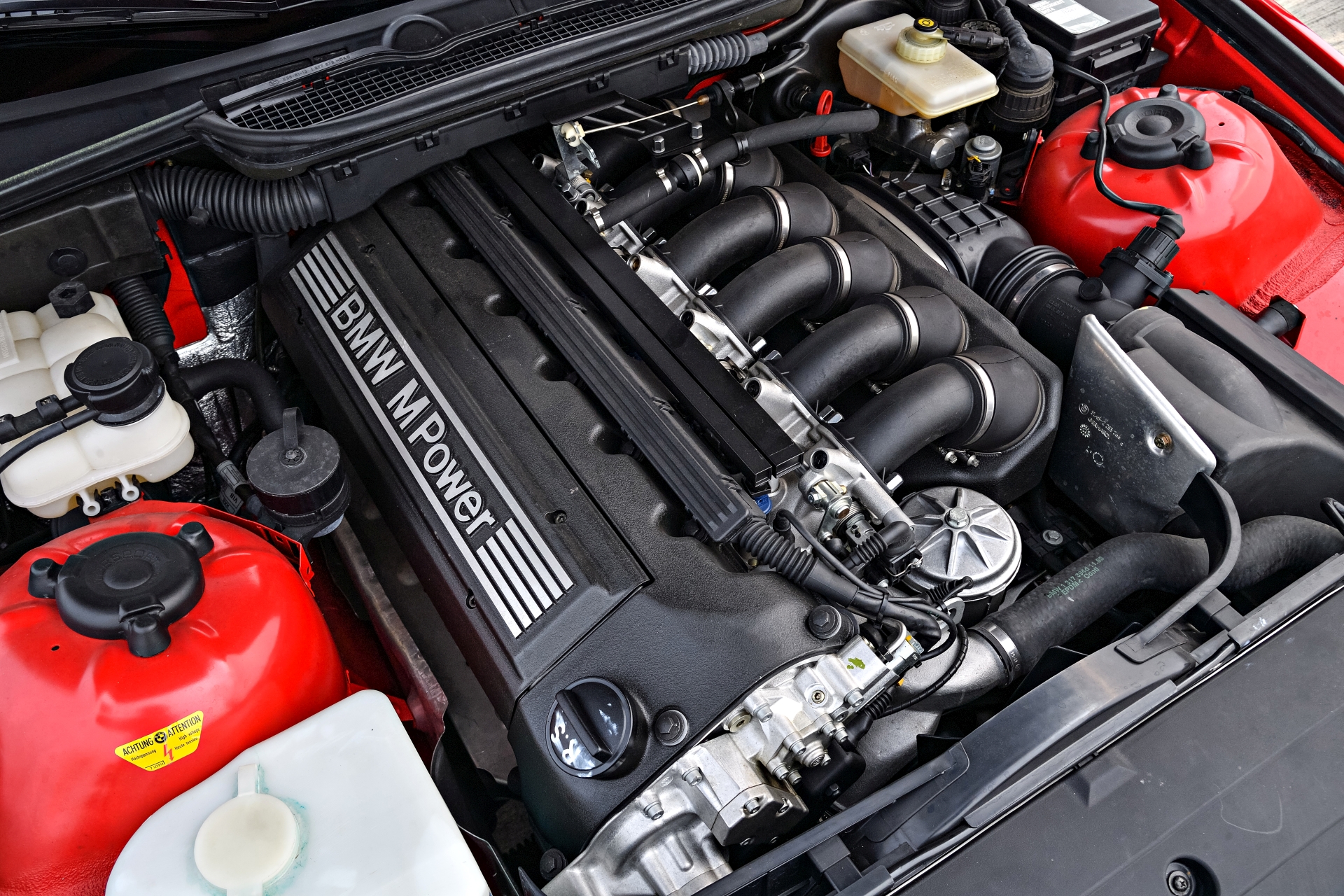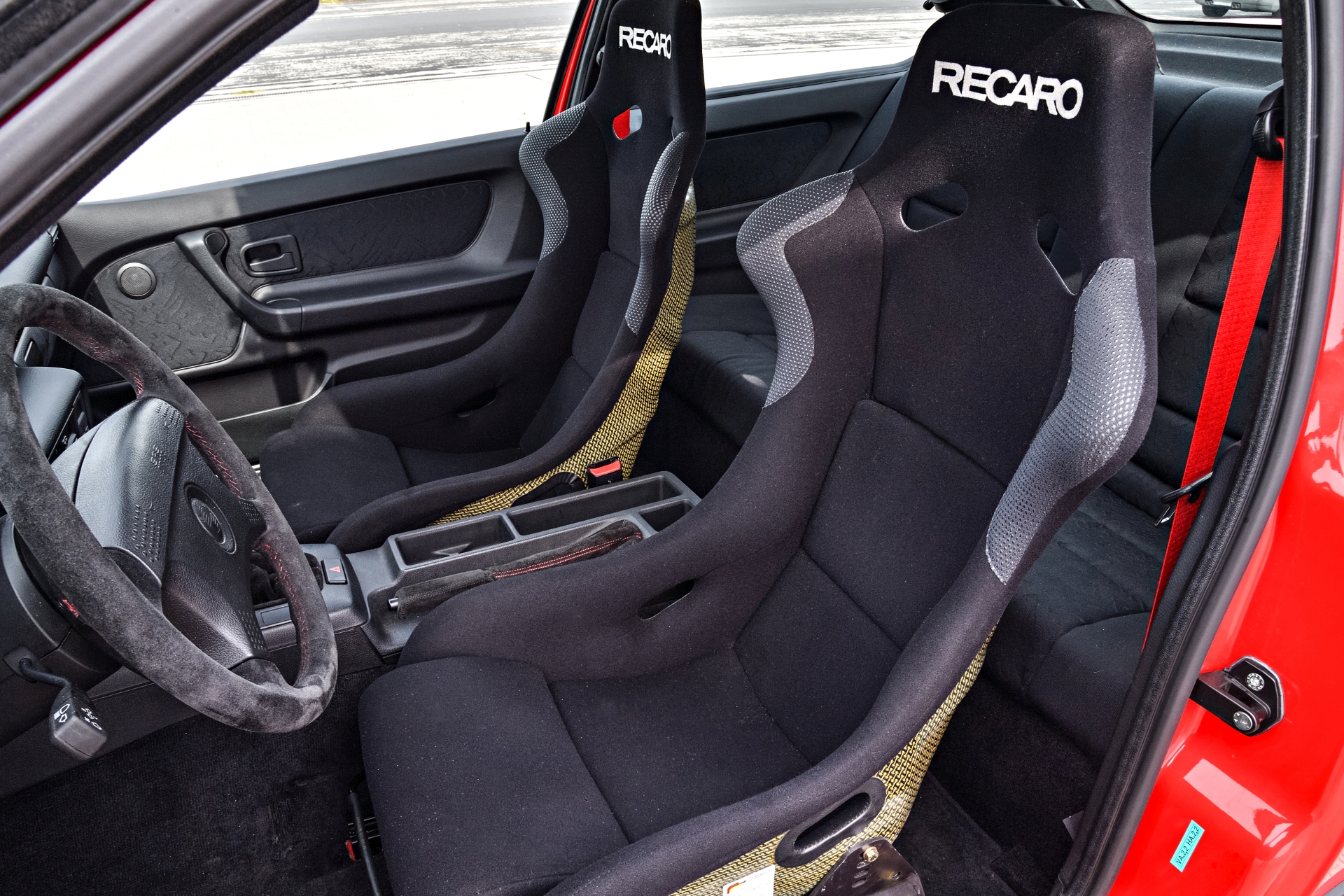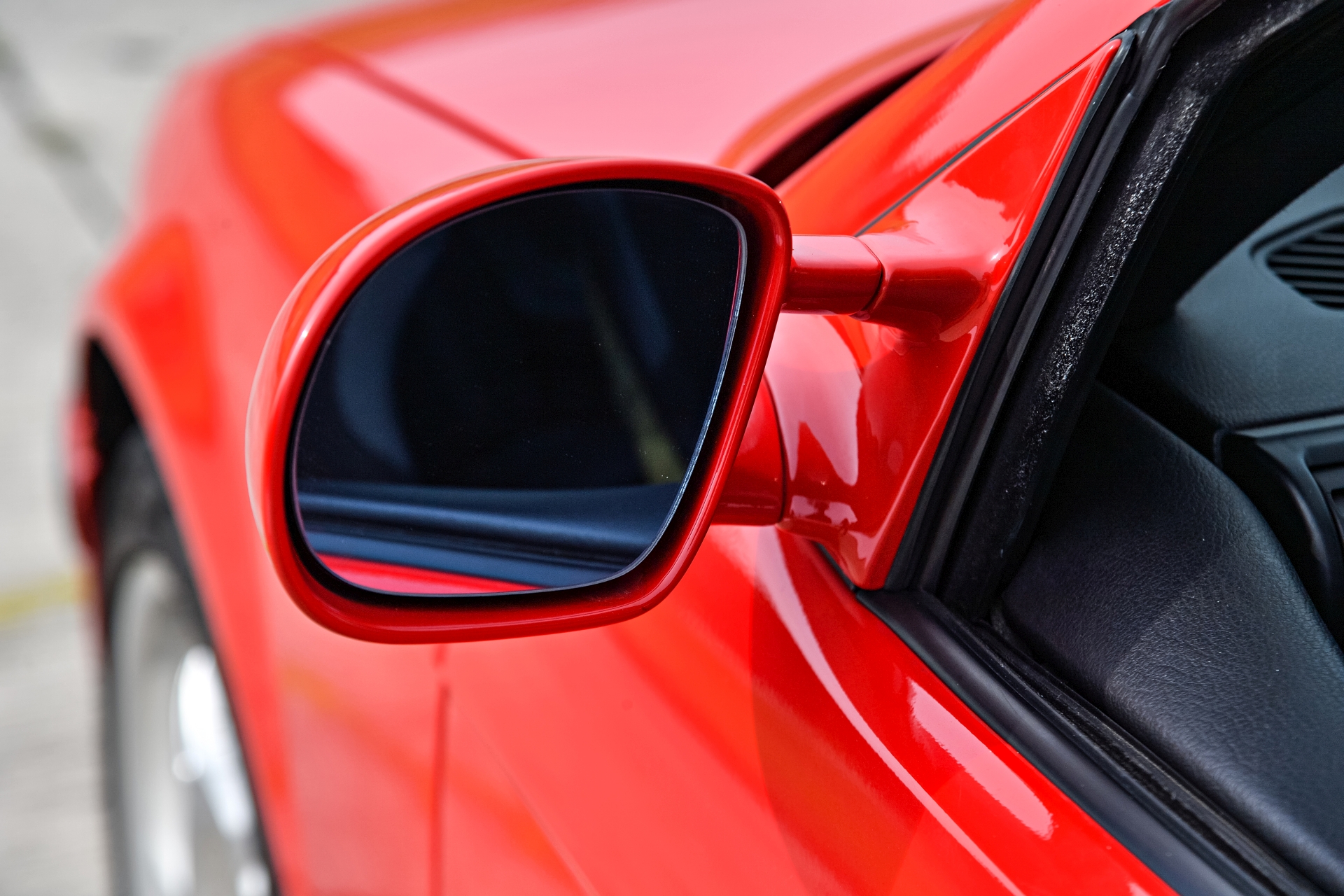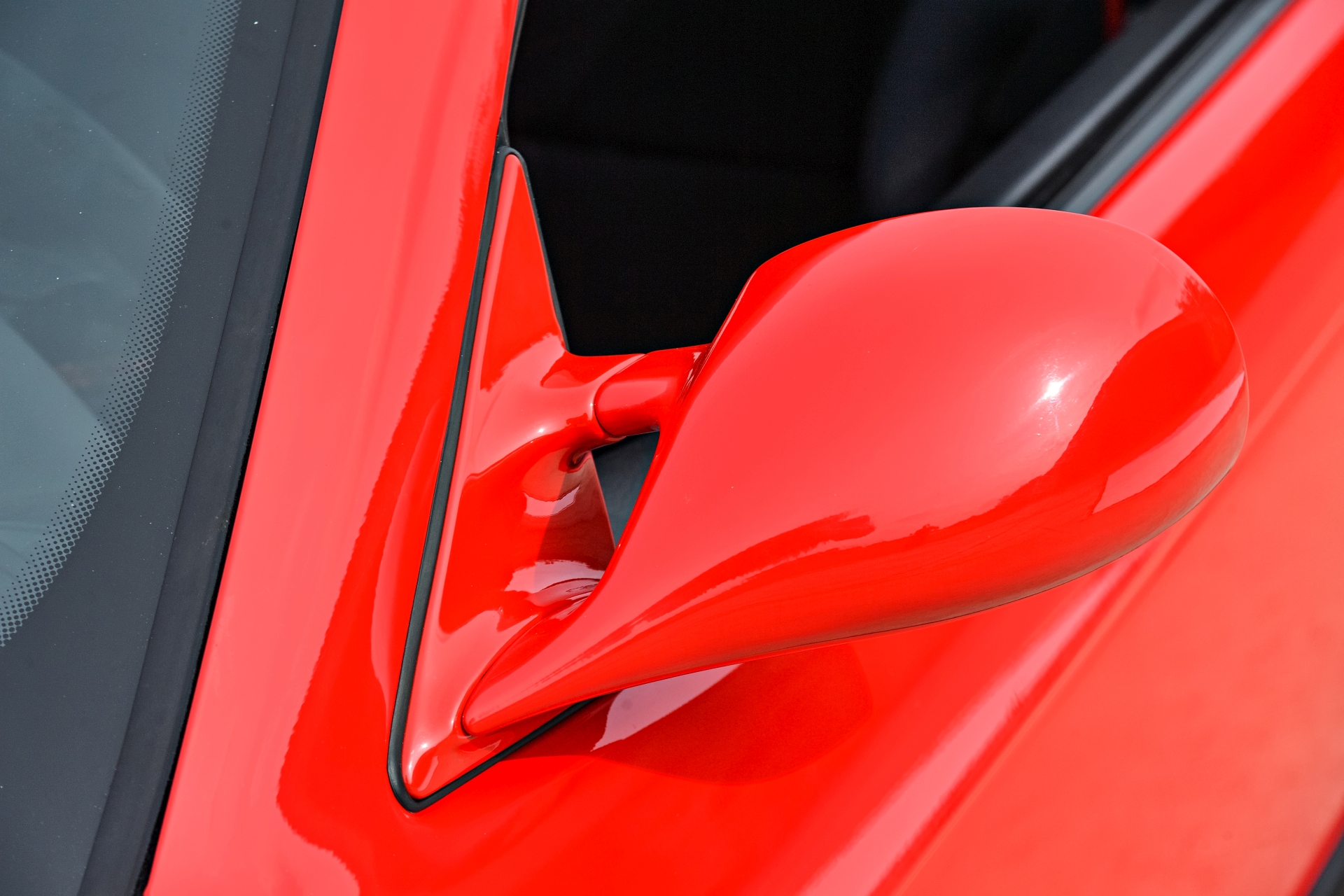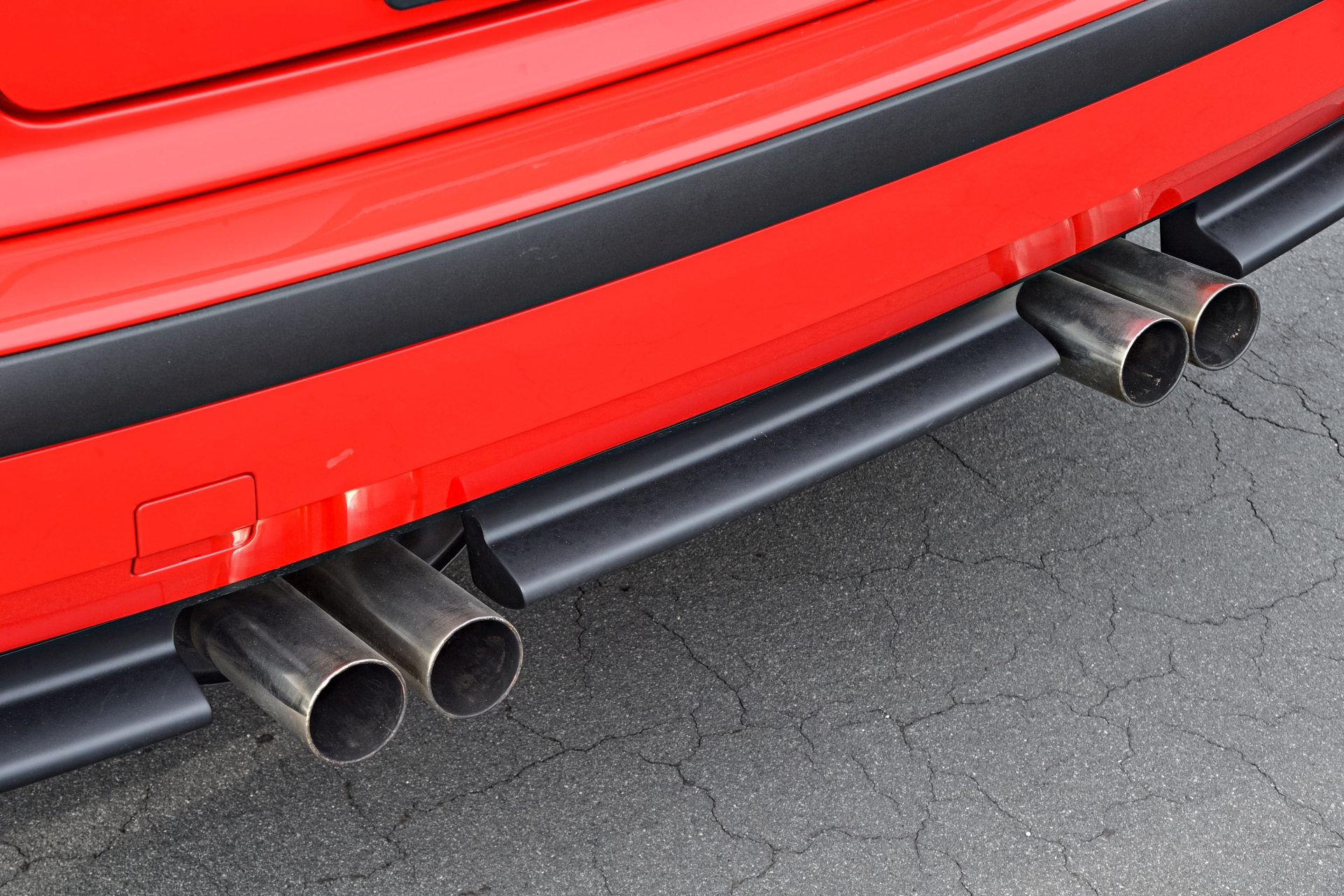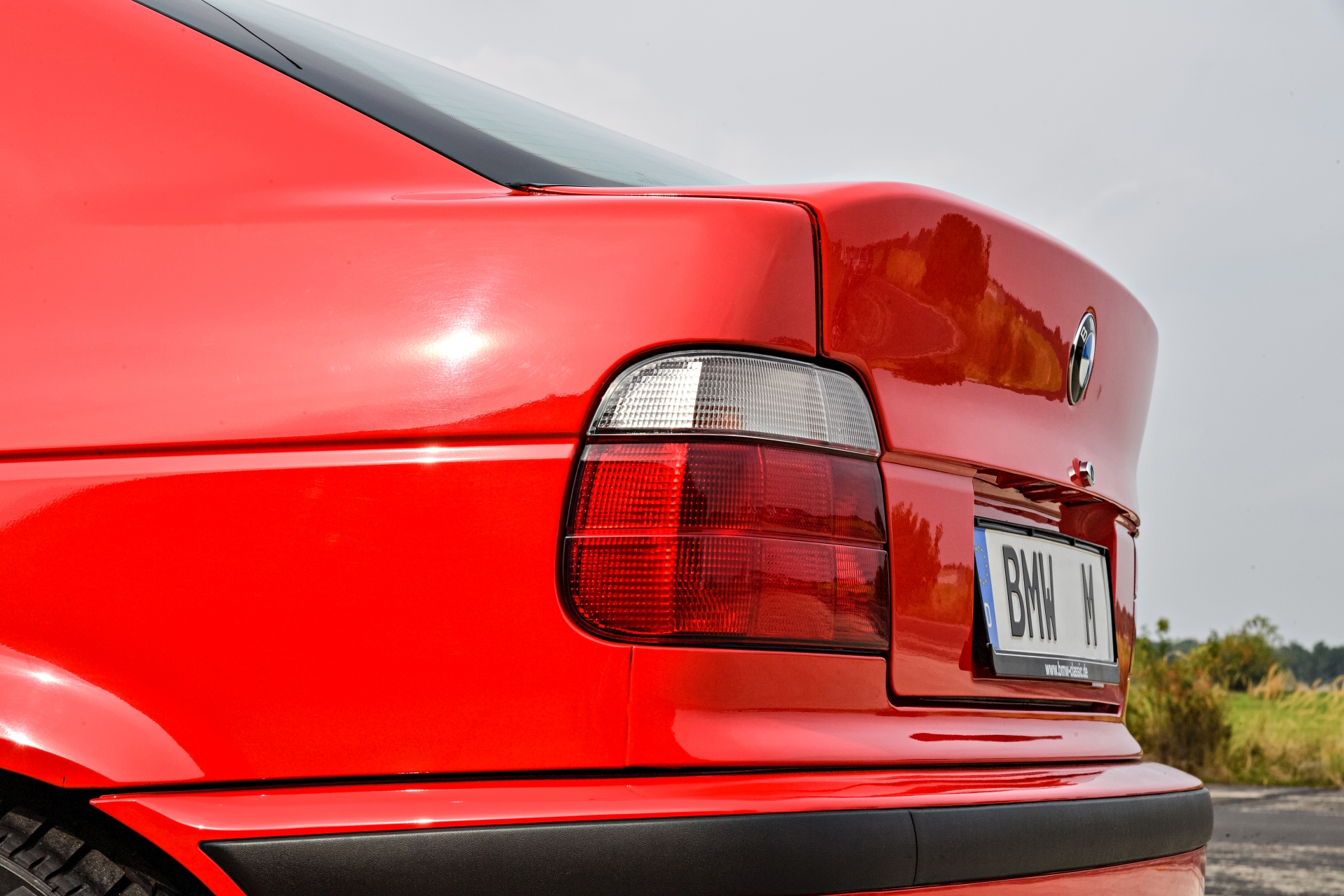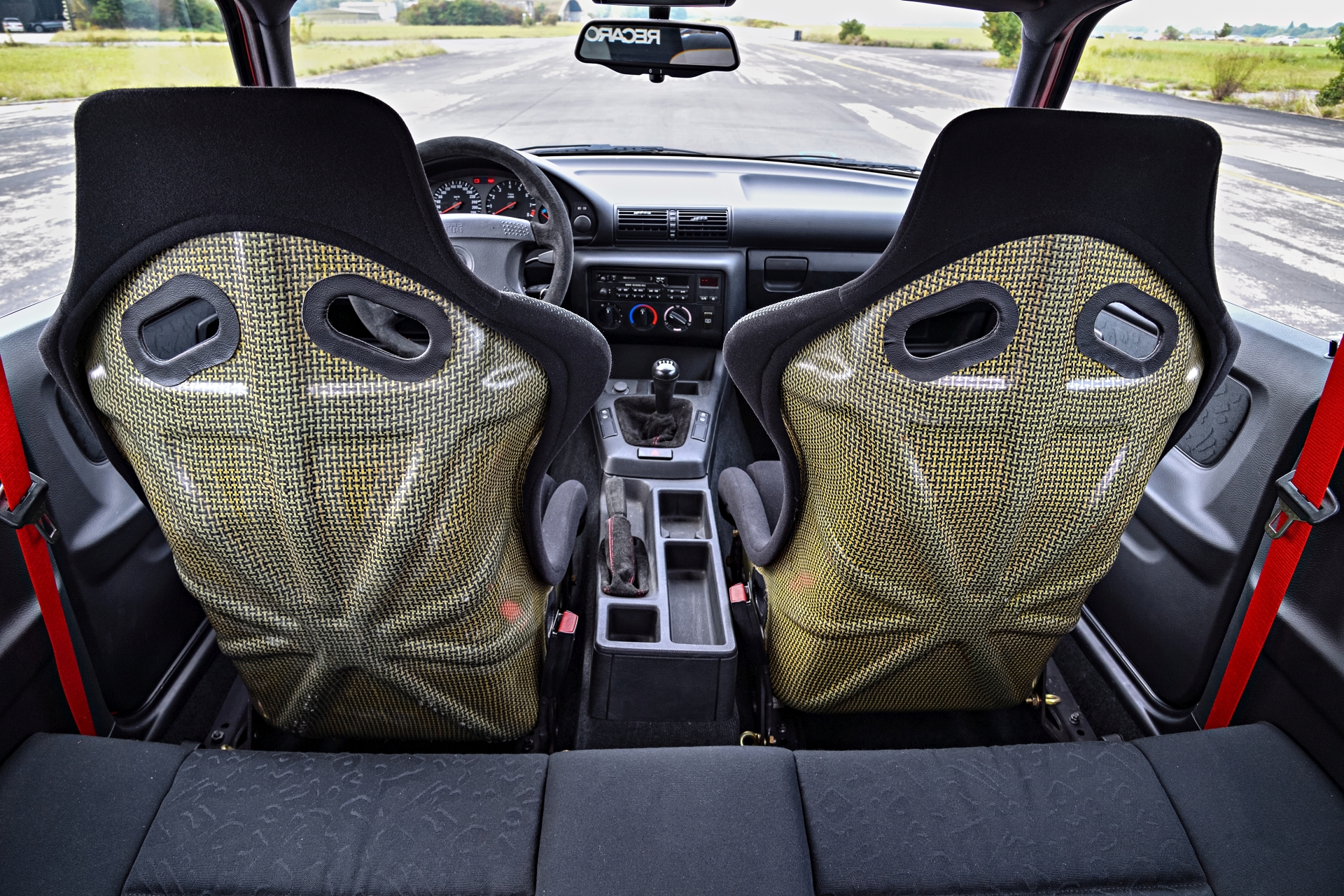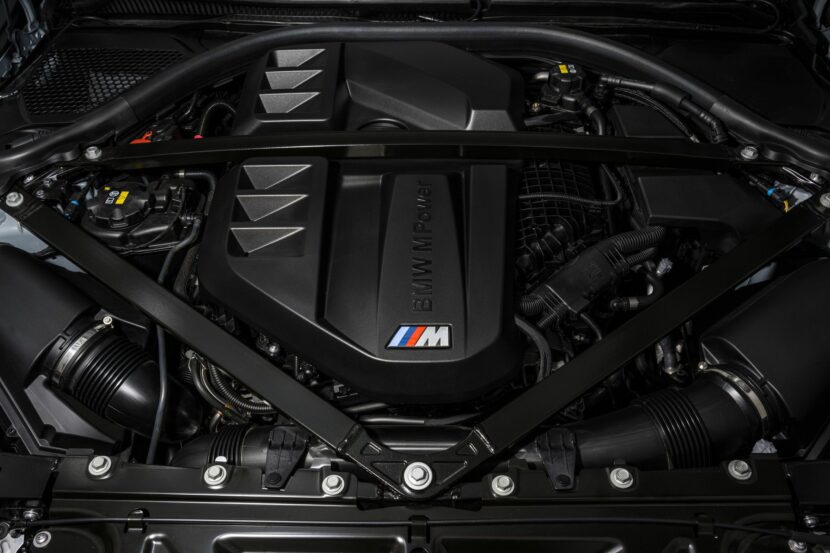Another prototype kept under lock by BMW M was an E36 M3 Compact variant built in 1996 as an one-off model. BMW says that the idea behind this model was to present younger customers, in particular, with an entry point into the world of BMW M cars.
“To a certain extent, the M3 Compact can be regarded as the forefather of today’s BMW M2,” says Jakob Polschak, head of vehicle prototype building and workshops at BMW M Division. If it had gone into production, the M3 engine’s power would in all likelihood have been lowered somewhat. In the prototype, however, it was allowed to unleash its full 321 hp, which made easy work of propelling a lightweight car (it tipped the scales at just 1.3 tonnes).
“It is 150 kilograms lighter, more agile, firmer and even more uncompromising,” enthused German motoring magazine “auto motor und sport” (issue no. 13/1996) after testing it.
The second generation of the BMW M3 – not developed specifically for use in motor sport this time – was a much more understated affair. Unveiled in 1992, its six-cylinder engine developed initially 210 kW/286 hp from three-liter displacement and peak torque of 320 Newton meters (236 lb-ft). It also featured the innovative new camshaft control system VANOS. The new model set two world records – for the highest output per liter (97 hp/l) and the highest specific torque (108 Nm (80 lb-ft)/l) produced by a volume-produced naturally-aspirated engine.
An extensive facelift in 1995 saw the displacement of the six-cylinder in-line engine increased from 2,990 to 3,201cc, with output rising to 236 kW/321 hp. Added to which, the new engine also employed Double-VANOS, which brings fully variable camshaft control on both the intake and exhaust sides.
In summer 1996 the BMW M3 became the first series-produced car to be offered with the option of an SMG automated manual gearbox.


